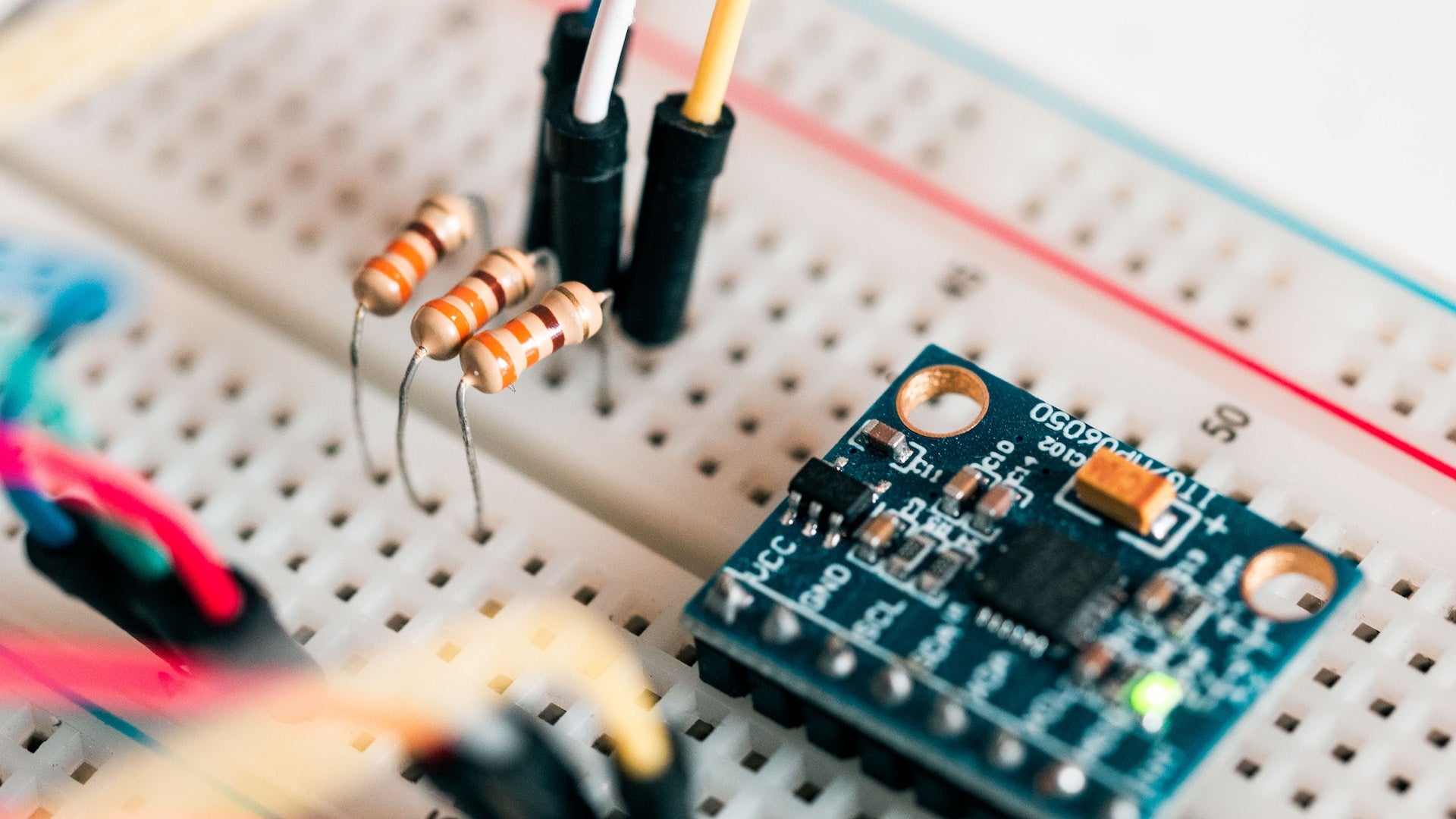Teaching STEM Through Electronics: Sparking Young Minds with Simple Circuits
STEM (Science, Technology, Engineering, and Mathematics) education has become a fundamental part of early learning, encouraging problem-solving, creativity, and analytical thinking. One of the most engaging ways to introduce children to STEM is through hands-on electronics projects. By using simple components such as LEDs, batteries, wires, and sirens, children can learn fundamental concepts that set the stage for more complex engineering and programming knowledge.
Learning Basics with Simple Components
Counting and Colors with LEDs
Light Emitting Diodes (LEDs) provide an excellent introduction to electronics. Children can learn counting by connecting multiple LEDs in series, and they can explore colors using different LED variations. A simple circuit using a coin battery and an LED can illustrate how electricity flows and how components work together.
Building Circuits to Foster Logical Thinking
Using wires, batteries, and switches, children can construct basic circuits that light up a bulb or produce sounds. By experimenting with different connections, they develop an understanding of open and closed circuits, voltage, and resistance. A buzzer or siren can make learning even more interactive by adding an auditory response to a completed circuit.
Encouraging Hands-On Exploration
Creating a DIY Flashlight
A simple yet fascinating project for beginners is building a DIY flashlight. With just a battery pack, an LED, and a switch, children can create a functional flashlight, learning about power sources and circuit connections in the process.
Understanding Sensors and Switches
More advanced learners can experiment with motion sensors, light sensors, or pressure-sensitive switches. These projects introduce the fundamentals of automation and interactivity, which are crucial in robotics and smart technology development.
Recommended STEM Kits and Books
Conclusion
Introducing children to STEM through electronics is an exciting and educational experience. By starting with simple projects and progressively exploring more complex circuits, kids can develop an early appreciation for science and technology. With the right tools and encouragement, they can build the foundation for future careers in engineering, programming, and innovation.
Affiliate links support our work and help fund STEM education initiatives and children in need.





Add comment
Comments